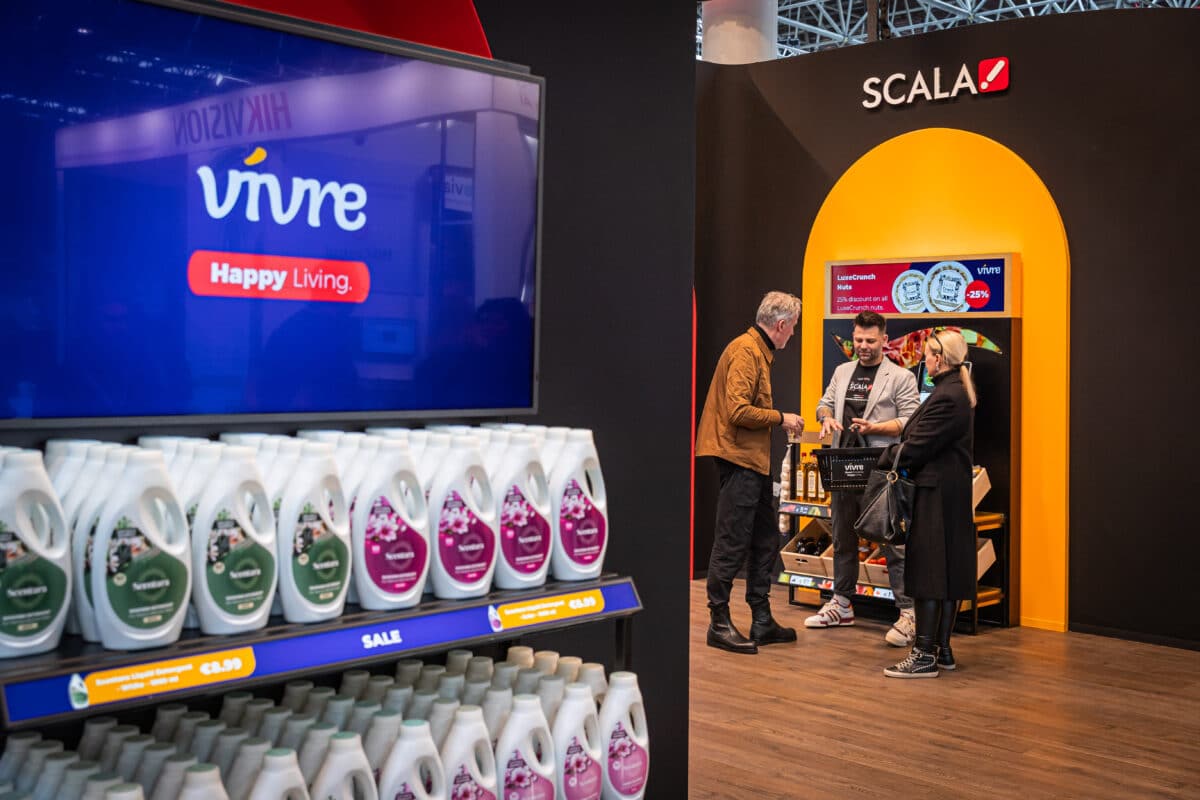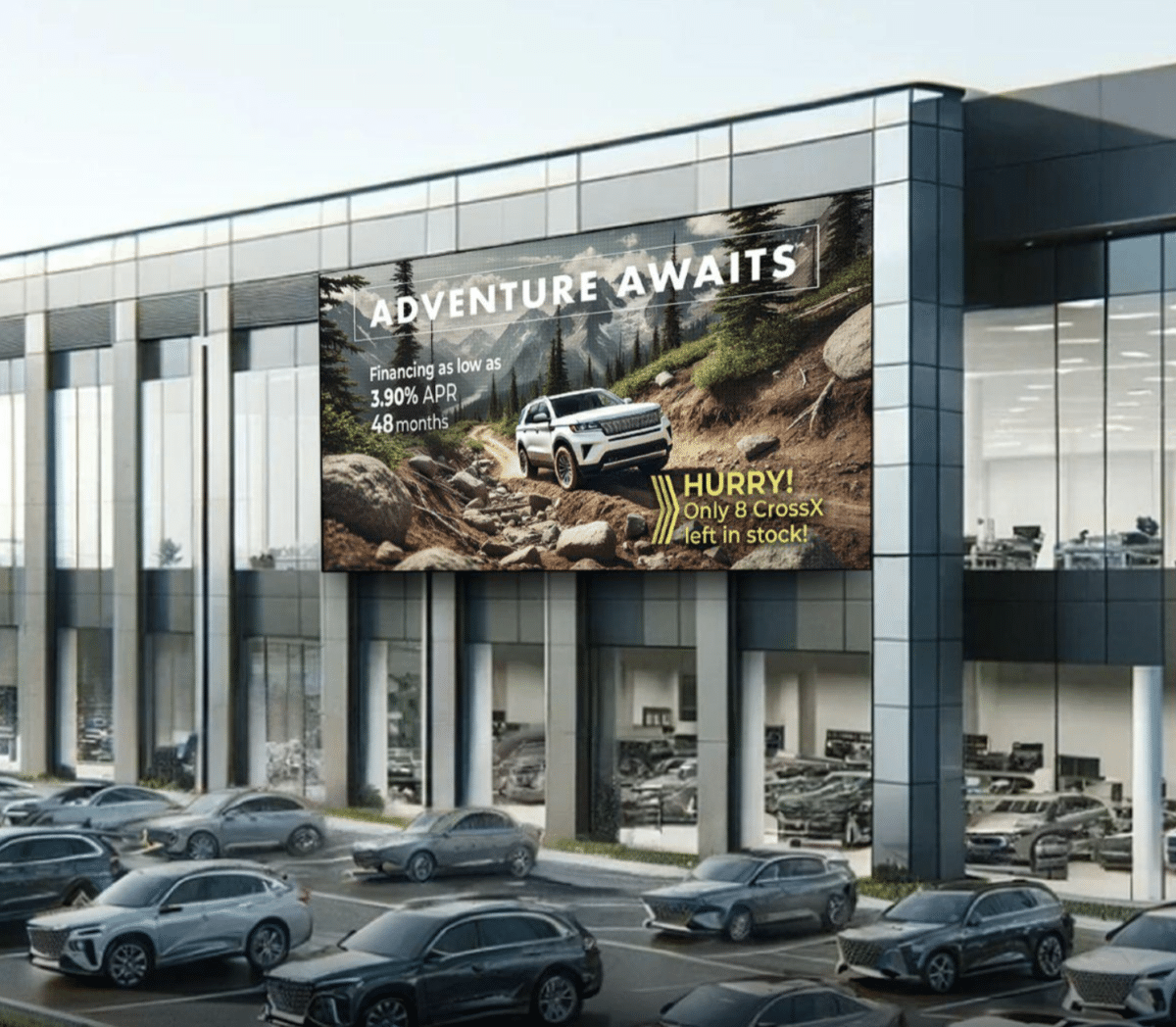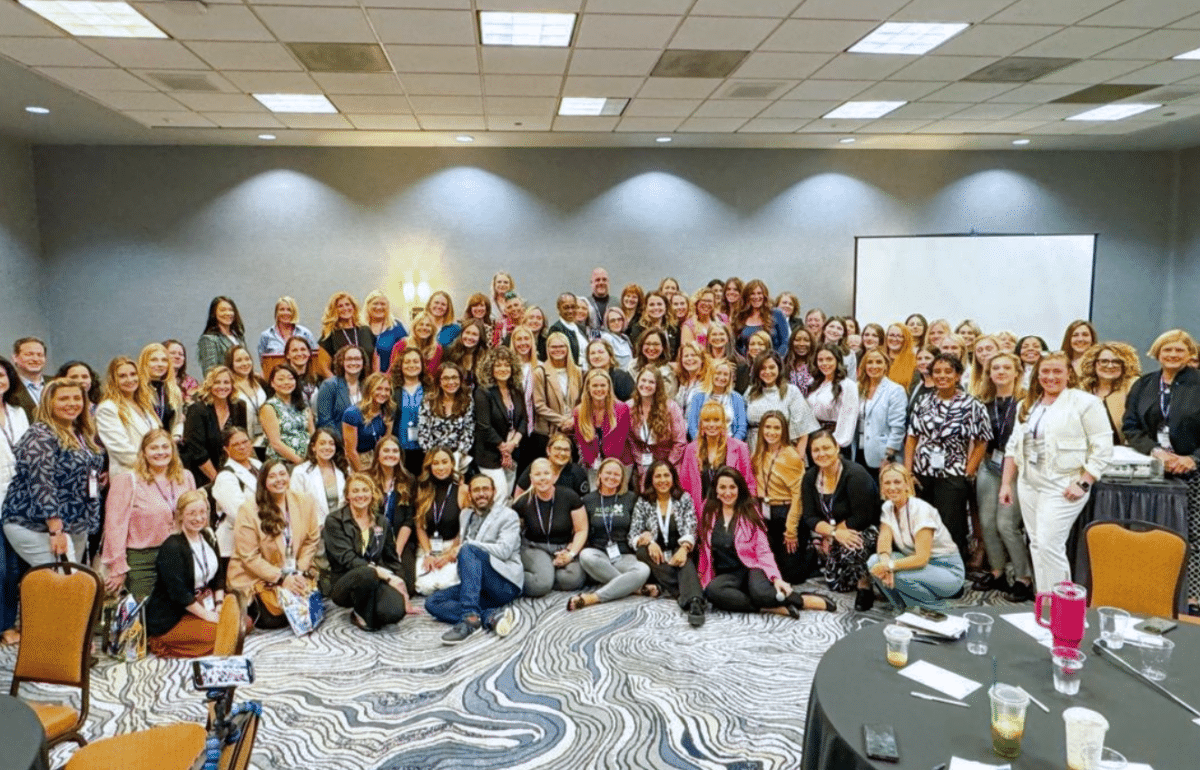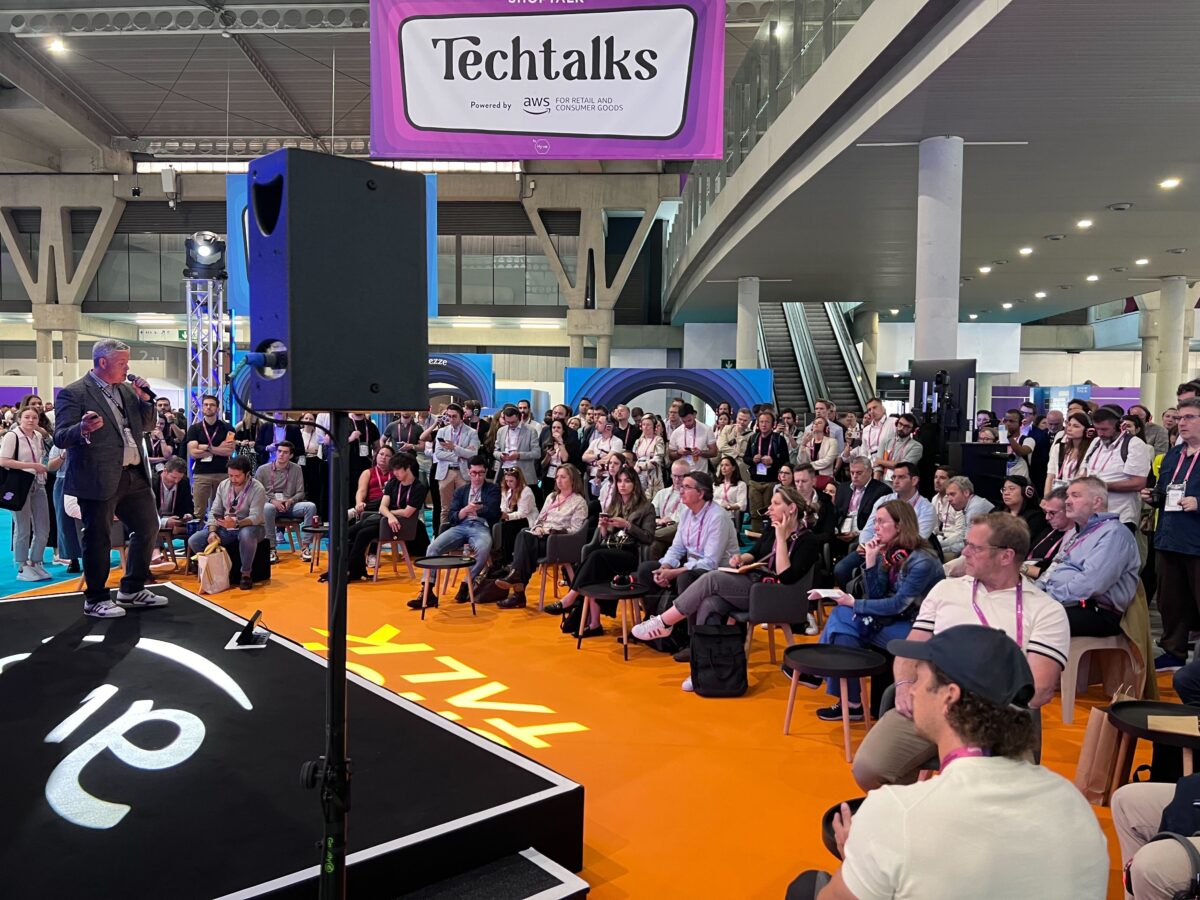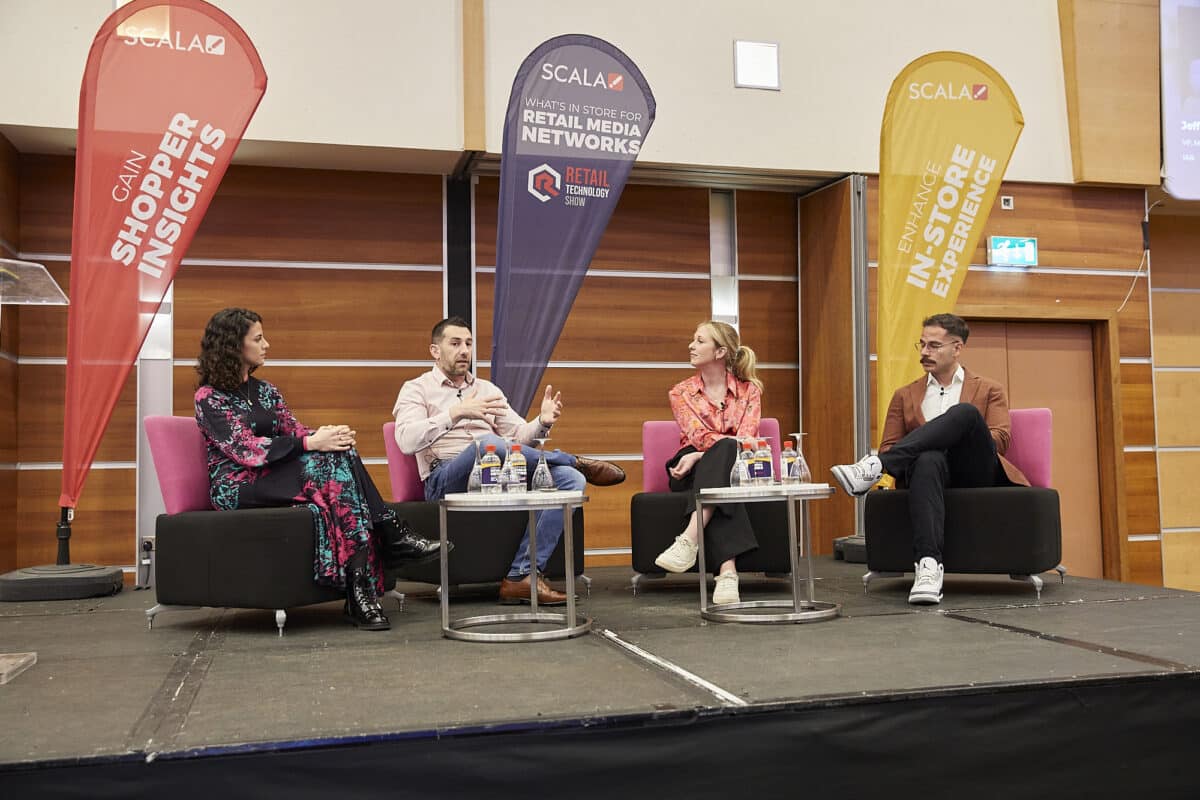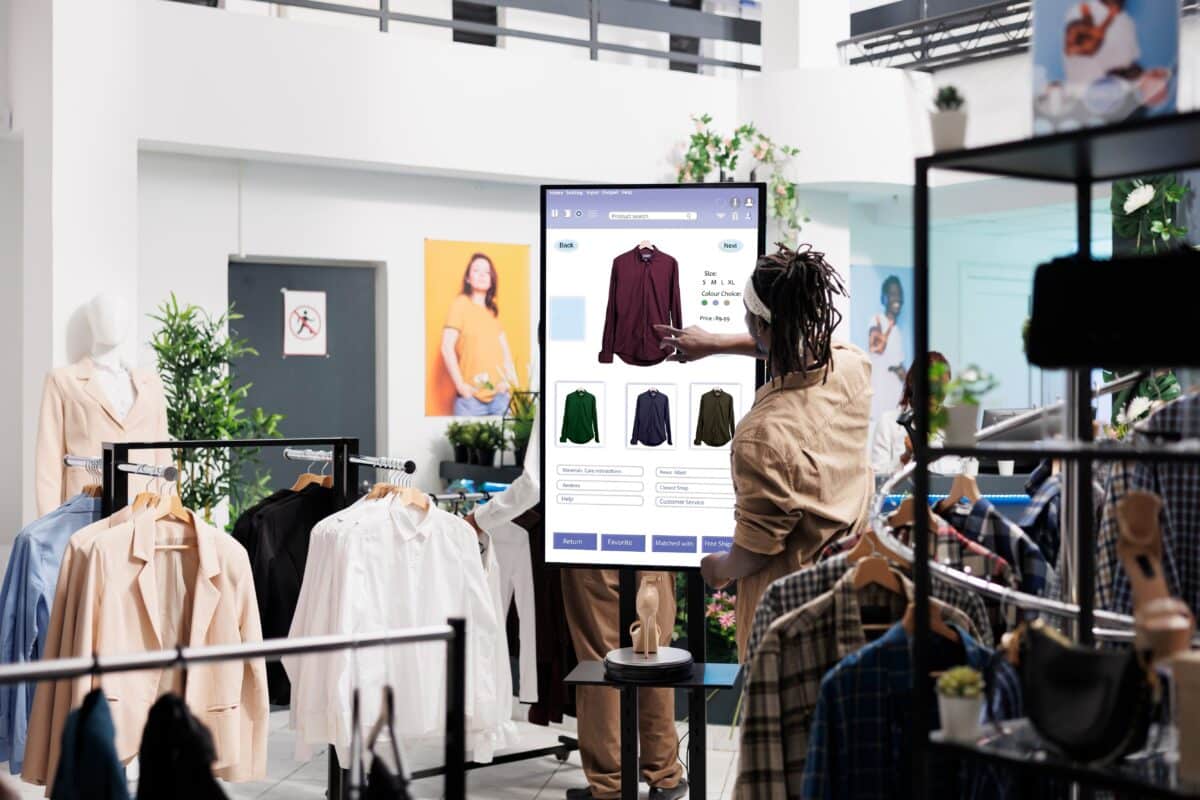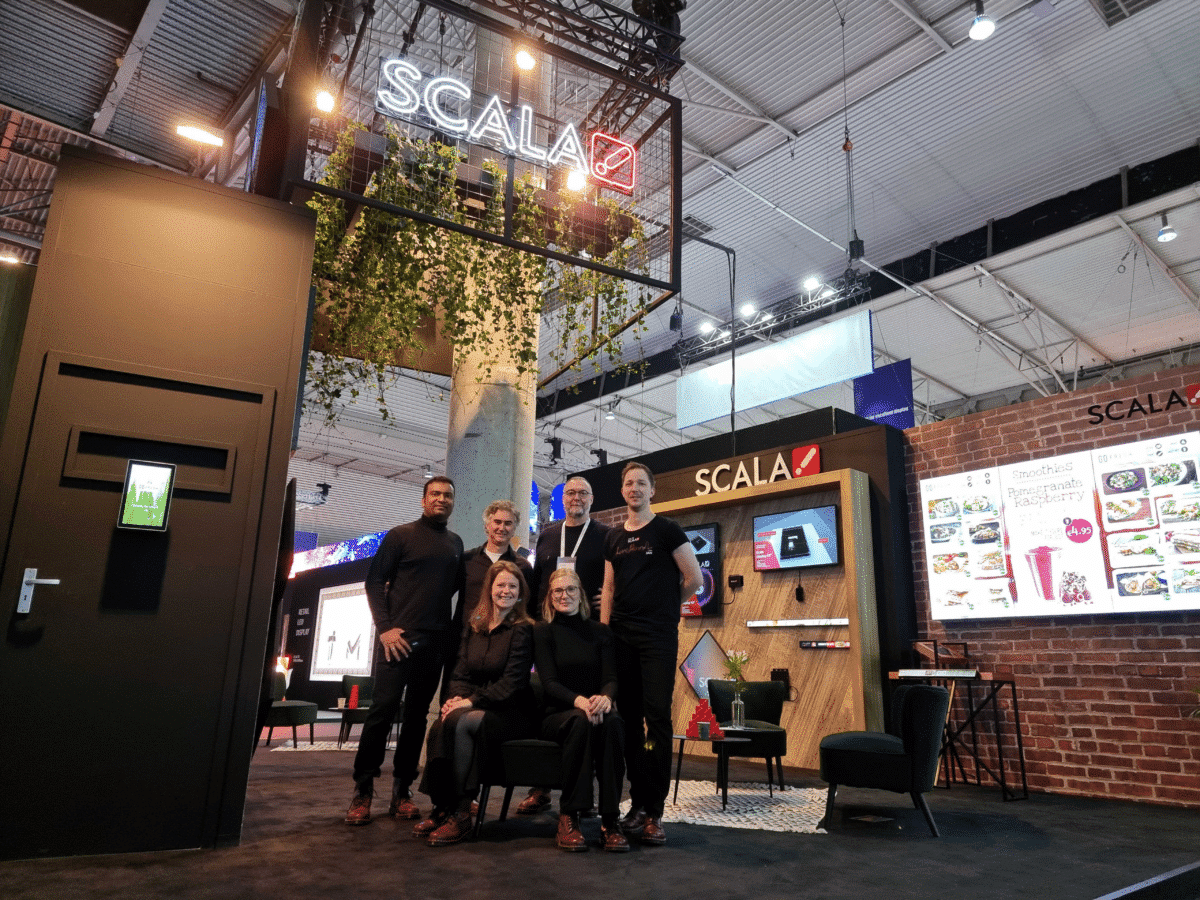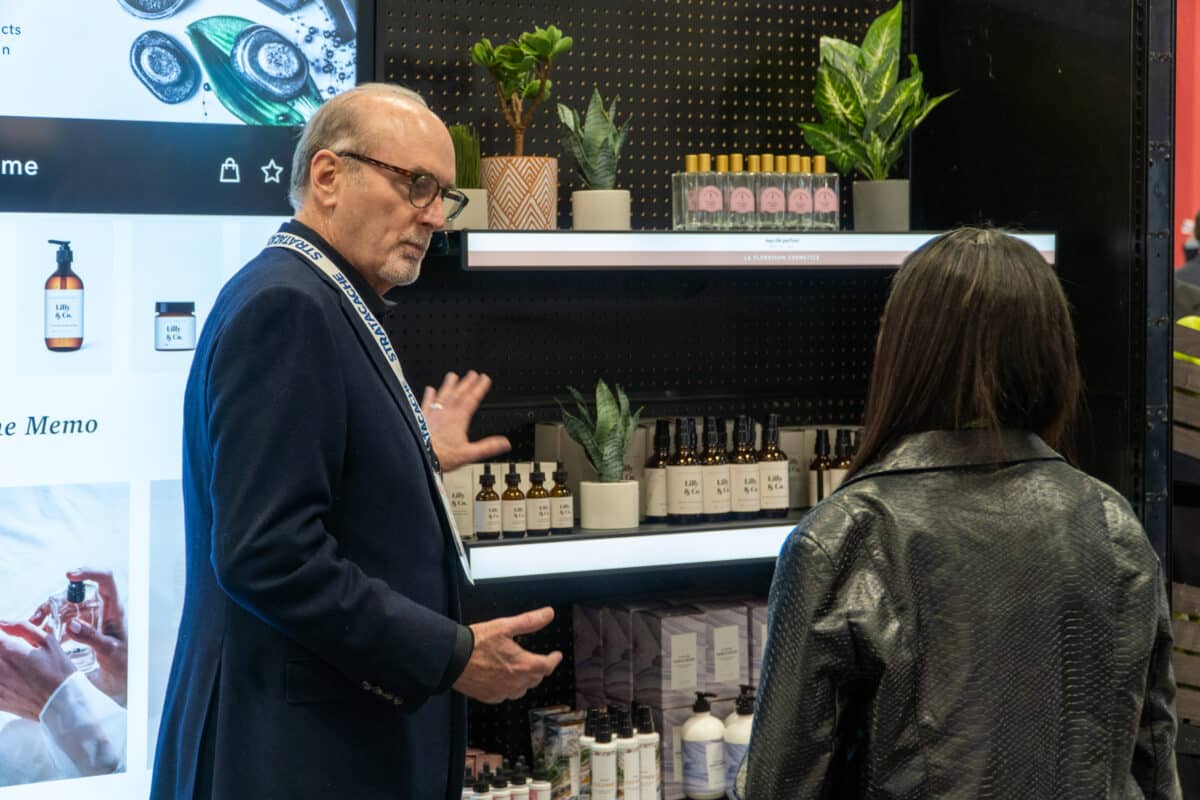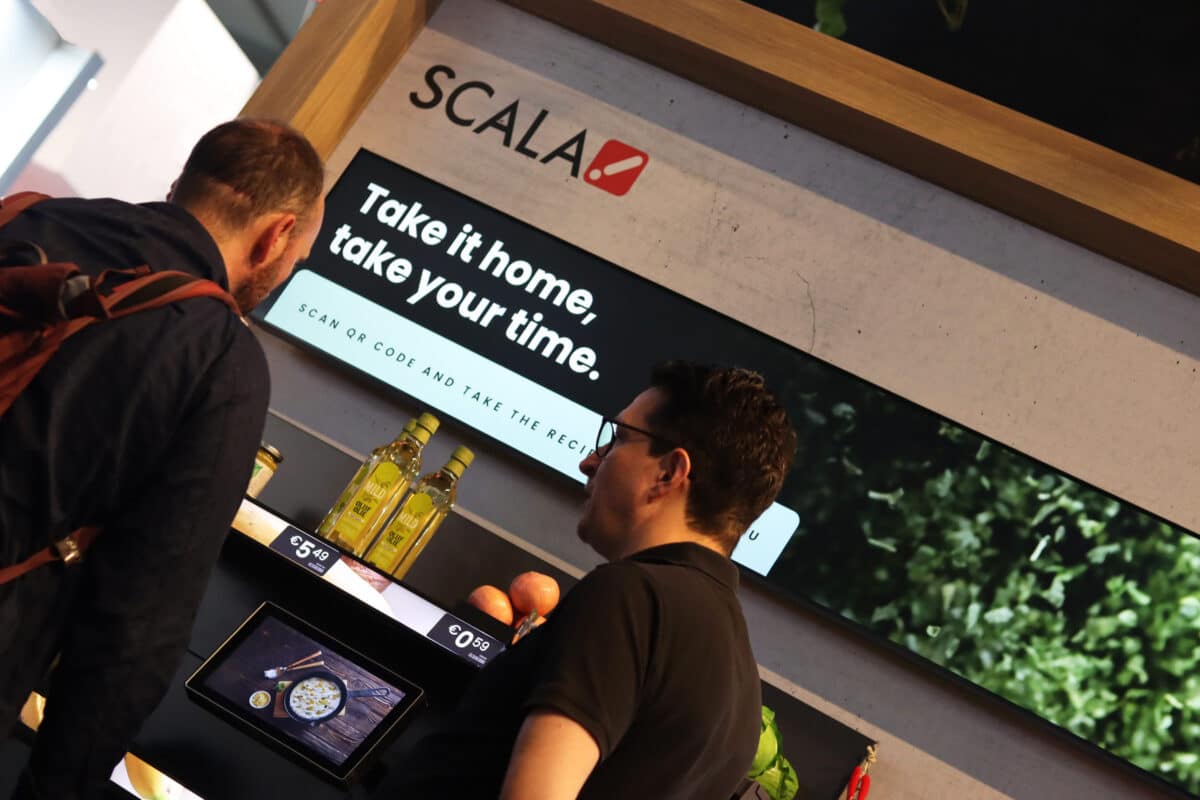Why In-Store Retail Media Standards Matter
The IAB will be unveiling the primary findings of their Standards and Definitions report as part of the first masterclass at What’s in Store for Retail Media Networks. Yara Daher, Retail Media Advisor for IAB Europe shared some of what will be discussed in the masterclass as well as what is impacting in-store retail media in Europe.
Thinking about the IAB and your work with retailers, what have you seen when it comes to the attitude of retailers to in-store retail media networks across the last few years? Everybody’s been talking about the “third big wave” of retail advertising with the three drivers of this being in-store, off-site retail media, and CTV. When it comes to in store-in particular, retailers have all decided “It’s very important and we need to do something about it,” but the details of what to do have become a bit more ambiguous.
Some have taken the approach of “We’re gonna do everything we used to do in store in a traditional merchant/Co-op, MTF deal and transfer it to retail media, and have better measurement against it and we’re going to call that in-store retail media.” We’ve seen that extreme and then others have said, “No, we’re going to do something completely different. We’re going to try to go after net new budgets, install new technology, have digital signage in-store and make that retail media” and have in-store retail media be a small confine, within the larger in-store activation.
These are the two extremes and there’s everyone in between. I think some retailers are struggling to decide where they want to play and what they want to play with. So that’s on a business and commercial front. In parallel, there’s all the investment that comes with in-store which is slightly different from picking an ad tech company, to have sponsored products in-store which is a low CapEx investment. So retailers are wondering how to justify this CapEx. Retail media hasn’t traditionally had to deal with CapEx investment before so retailers are working out how to account for that spend over the months or across teams so that it makes sense within the P&L of retail media. These are the main things we hear retailers deciding on before they “double down” on in-store retail media.
Another big theme that’s part of the work we’ve done that hopefully we’ll be discussing at DMEXCO together is, what is the definition of in-store retail media? That ties to everything I’ve just described. Our definition that we landed on, is that it’s the use of retail data to plan, execute and measure and these are the three components that make it retail media.
Can you share more detail about what you mean when you say retail data? Is it sales data? It’s sales, it’s footfall, it’s loyalty, there are all sorts of signals. What differentiates an out of home banner to an in-store activation is being close to the point of purchase. All of these things need to be tied somehow to the point of purchase but I wouldn’t call it direct sales – the “I saw something, I bought something.” I see it as the correlation between a person being somewhere they can transact and then transacting at that given time or a different time, and how that behavior can be impacted.
How important do you think it is to have a sense of standards and definitions across in-store media? We work with retailers to standardize their offering but we’re really serving the buy-side. It’s very important for retailers because they don’t need to reinvent the wheel every time. Retail media’s been such a nascent industry that every retailer has felt that they need to carve out and build their own definitions each time. So it’s very important for retailers, but it’s much more important for the buy-side. For the buy-side, there’s been so much confusion when it comes to how to buy retail media and how to measure it, that if we don’t create standards, they’re going to go looking elsewhere or they’re going to only go to the top player in each market feeling that the rest is not worth their time. Neither scenario helps the overall industry.
How do you think the standards and definitions might impact how the buy side operates? Will they think about their budgets in a slightly different way? Potentially look to new retailers and campaign structures? The number one pain point we hear from brands and agencies is that there’s no standards in retail media and that’s what’s hindering their investments and their growth. They want to be able to compare apples to apples. Their biggest complaint is when they’re buying, that they’re having to go and normalize things that can’t be normalized efficiently.
With these standards, we’re answering their demand immediately. Whether it’s standards and definitions for on-site, for off-site or for in-store and hopefully we can keep it going beyond, to aspects such as formats or incrementality or your audiences. There’s so much standardization that needs to happen so that we’re all talking the same language and the buy-side can double down and invest.
What language is currently being used or has been used by retailers to measure success for in-store in retail media? Are they using language from other platforms such as television or digital out of home? I would say there’s three ways that they’re trying to talk about it. There is digital out of home, TV and audiences because it’s a medium that has the scale, and the third one is aligning it with anything they’ve done on-site. You’ll be able to see, within our release at DMEXCO, that we’ve tried to combine all three where possible. We’re very closely aligned to digital out of home on certain things, especially impression measurement, but then on things such as sales measurement, we’re a bit more closely aligned to what’s been done on owned and operated on-site activations. The goal that we all have is to simplify as much as possible and use terms that have been used before that will resonate within the industry.
For those who might not know about the process could you explain a bit more about what was involved in determining the definitions and standards? We meet with the retailers in a 1.5 day workshop as a starting point. We get feedback from the buy-side ahead of time of what the pain points are and we get feedback from Ad Tech about what’s possible. We take all of that, compile it into an IAB recommendation, and take it to the retailers for them to say if it is possible for them and does it fit their business needs while always keeping in mind that the end goal is to normalize for the buy-side. We have a healthy debate and we had this healthy debate in Paris in early July with approximately 14 retailers from across Europe. Each retailer voiced their concerns, their fears, their excitement. We then put pen to paper on it and that then becomes a document that is circulated with Ad Tech and the buy-side, refined a bit and will be released at DMEXCO. Once it’s released at DMEXCO, we’ll have a public comment period where anyone can voice any concerns or thoughts they have and then there will be a final release towards the end of the year.
As part of those sessions that you did in Paris, were there any kind of common themes that came up by way of concerns or excitement around the opportunities presented in-store retail media? Retailers are very excited about in-store retail media. They all know there’s a massive space to be addressed. We’ve heard things like there’s budgets from TV that can be captured because the audiences are just as large and they’re probably more captive. Then it boils down to all of the issues we’ve talked about before and ensuring we get it right at the moment.
For brands and advertisers, do you hope that the report will lead to reallocation of budgets and if so, where from? Yes. That’s the goal and that’s what we aim towards. So I would like to believe it will, yes. We just released an attitudes towards retail media survey which suggests budgets are coming from linear TV, they’re coming from Programmatic, and then, as a far third, from social.
How would you like to see the standards and definitions work being used moving forward? I think it’s a starting point, there’s a lot of room that we can expand on in terms of details like how to measure an impression for example. We’ve laid the foundation and we’ve used the terms but there’s a lot of things that will be a future piece of work, and we can’t stop here. We need to address the future pieces of work to keep the industry moving forward. We always need to be serving the buy-side. Are they going to be able to buy this efficiently? That’s the question we always need to be asking ourselves.
Learn more about the IAB’s standards and definitions for in-store retail media and the impact these terms will have for retailers and advertisers for their strategy in the From Traditional to Targeted: The Evolution of Agency and Brand Spending Masterclass available to watch now. You can access all of the masterclasses of What’s in Store for Retail Media Networks, presented in cooperation with DMEXCO, here.



